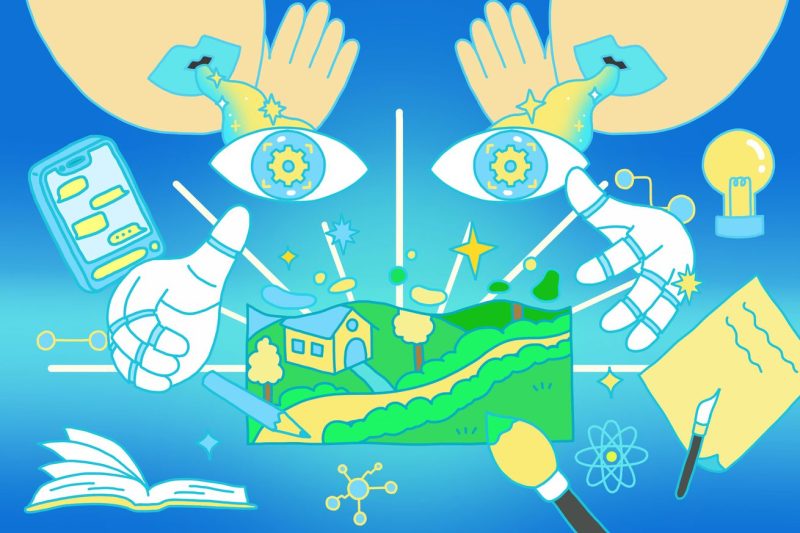Apple is Concerned About AI Turning Real Photos Into Fantasy
The advancement of artificial intelligence (AI) technology has been rapidly evolving in various fields, including image processing and editing. While AI tools offer a wide range of benefits and efficiency in creating stunning visuals, concerns have been raised over the potential misuse and ethical implications of this technology. Companies like Apple are at the forefront of addressing these concerns and ensuring responsible use of AI in the digital space.
Recently, Apple expressed its concerns regarding the capability of AI to manipulate real photos into compelling but deceptive fantasy images. This development raises questions about the authenticity and trustworthiness of visual content circulating online. With AI algorithms becoming increasingly sophisticated, the line between reality and fiction is becoming blurred, posing challenges for individuals and businesses relying on visuals for communication and engagement.
Apple’s proactive approach to this issue reflects its commitment to maintaining the integrity of digital content and fostering transparency in AI-enhanced images. By acknowledging the potential risks associated with AI manipulation, Apple aims to mitigate the spread of misleading or fabricated visuals that could misinform or deceive audiences. This approach highlights the importance of ethical considerations in the development and deployment of AI technology.
One of the key concerns raised by Apple is the potential impact of AI-generated fantasy images on societal perceptions and beliefs. With the ability to create hyper-realistic and idealized visuals, AI tools could distort reality and contribute to unrealistic standards of beauty, lifestyle, and social expectations. This phenomenon has significant implications for body image, cultural ideals, and self-esteem, requiring a critical examination of the ethical implications of AI-generated content.
Moreover, the proliferation of AI-altered images poses challenges for ensuring the authenticity and credibility of visual information in the digital age. As AI techniques continue to advance, detecting manipulated content becomes increasingly difficult, raising concerns about the trustworthiness of online visuals. This trend underscores the importance of establishing clear guidelines and verification mechanisms to distinguish between authentic and manipulated images.
In response to these challenges, Apple is exploring innovative solutions to enhance the transparency and accountability of AI-generated content. By developing tools and frameworks that enable users to identify and verify the authenticity of visual media, Apple aims to empower individuals to make informed decisions about the images they consume and share. This proactive approach aligns with Apple’s commitment to fostering digital citizenship and ethical practices in the use of AI technology.
As the digital landscape continues to evolve, the responsible use of AI in image processing and editing remains a pressing issue for companies like Apple and other tech giants. By addressing concerns related to the manipulation of real photos into fantasy images, Apple is setting a positive example for ethical AI practices and promoting a culture of integrity and trust in visual communication. Through collaboration and innovation, the tech industry can work together to harness the potential of AI technology while upholding ethical standards and societal values.

